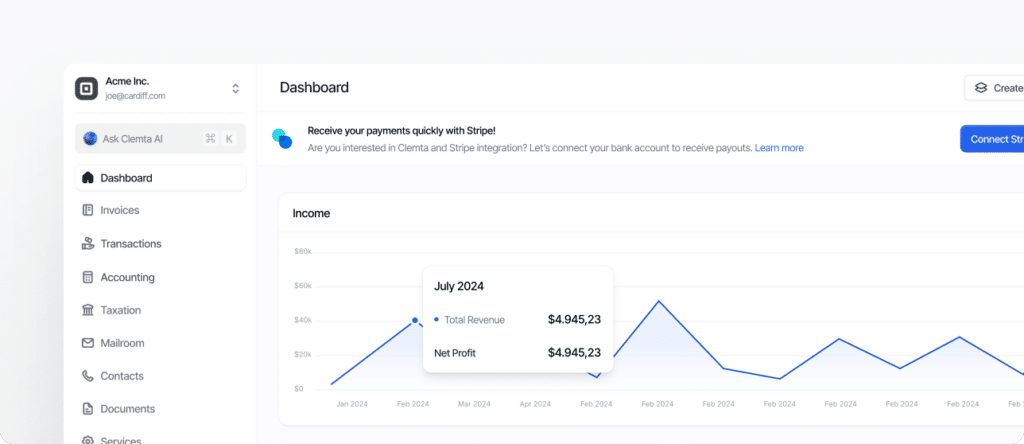Money taken out of a business by the owner for personal use, typically in businesses like sole proprietorships, partnerships, or LLCs taxed as pass-through entities.
What is an Owner’s Draw?
An owner’s draw is the method by which business owners withdraw funds from their company for personal use, rather than receiving a formal salary through payroll. This is common in sole proprietorships, partnerships, and single- or multi-member LLCs taxed as disregarded entities or partnerships. The amount withdrawn is not considered a business expense and does not reduce the company’s taxable income. Instead, the business’s profits are taxed on the owner’s personal tax return, whether or not the money has actually been withdrawn.
Draws can take the form of cash transfers, checks, or even in-kind benefits (like personal use of business assets). Owners should keep accurate records of all draws to maintain clean financial statements and to avoid issues with tax reporting. In partnerships, each partner’s draw reduces their capital account balance, and in multi-member LLCs, distributions are often made according to the ownership percentages stated in the operating agreement.
For non-U.S. founders with U.S. businesses, understanding owner’s draws is important because taking distributions may trigger different tax obligations depending on residency, business structure, and any applicable tax treaties. In certain situations, especially when paying out to foreign owners, U.S. withholding tax may apply.
In summary, an owner’s draw allows business owners to access company profits without going through payroll, but it must be tracked carefully to ensure compliance with tax laws and maintain accurate accounting records.

